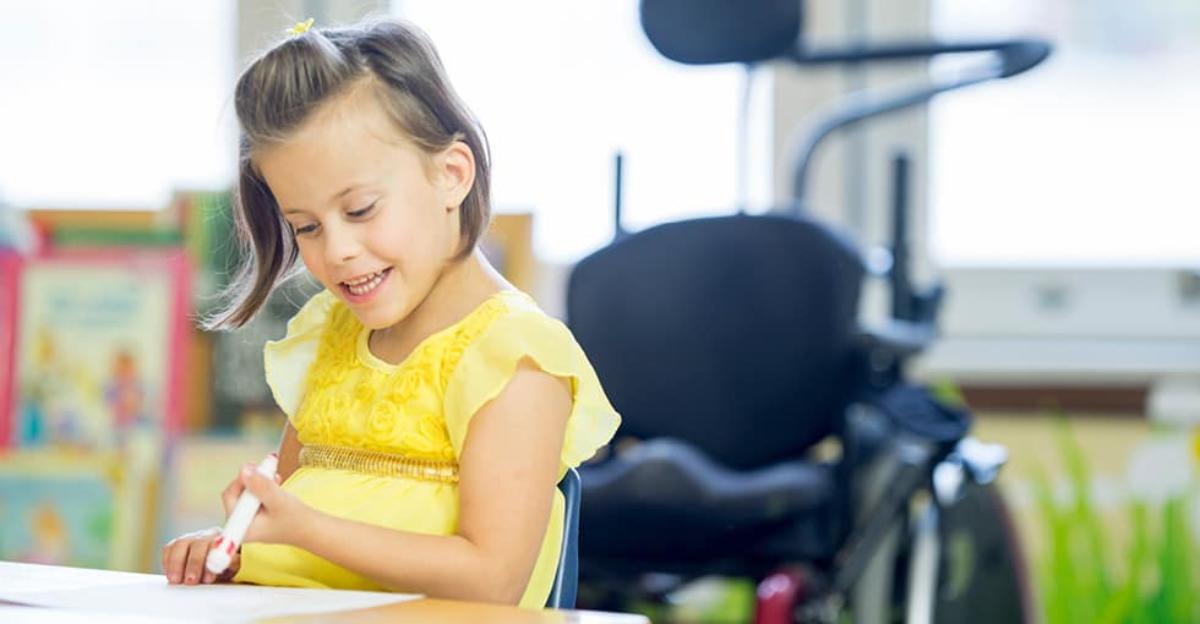An education rich in STEM becomes even more engaging if you add the A to make it STEAM! Engaging in the Arts helps build creativity, confidence, focus, and collaboration skills. For students with special needs, this sometimes requires some classroom modifications to make the learning space inclusive.
This is sometimes referred to as adaptive art, and as discussed in episode 7 of the Schoolyard Podcast, it often creates an environment where all students can benefit from the adaptive elements. The result is an art room where everyone, regardless of their abilities, uses the same tools.
Here are some ideas of how you can achieve an inclusive and adaptive art classroom.
1. Proper Ergonomics
Make sure all students can access the art materials comfortably. Proper ergonomics are key to a successful art experience. An adjustable-height chair pushed up to an art table is a great accommodation for a student who needs extra support. The inclusive design has an adjustable seat and footrest to ensure safety and stability. It can be configured for students anywhere from ages 1 through 7.
2. Leverage Light for Adaptive Art
Consider using a light panel or box for children with multiple disabilities, including cognitive and/or visual impairments. These can be configured for desktop use and may help with contrasts during tracing and other activities.
3. Address Overstimulation from Light
Overhead fluorescent lights can cause excess glare and overstimulation for students, including those with autism or visual sensory sensitivity. Light filters are quick and easy to apply to light panels and help diffuse harshness and glare. If you use glossy white paper for projects, consider changing to matte or more neutral colors.
4. Backward Chaining Method
For more complicated or multistep art projects, try the backward chaining method. Have the student complete just the final step or two of an activity to allow for task completion and a finished project. Work back sequentially, adding another step with each repeated exposure.
5. Meaningful Praise
5. Praise artwork from students in a way that builds intrinsic motivation and a sense of accomplishment. Instead of saying, “Great painting,” give real feedback. For example, “I like the way you used your red and yellow colors for the trees to make it look like fall.” Instead of “Nice job,” be more specific and say, “I can tell you put a lot of effort into your clay project.”
Do you have budding artists with special needs? Tell us in the comments how you create an inclusive and adaptive art environment!






[…] to pick up some gloves or aprons to help them feel comfortable. Look for materials and supplies designed with learning disabilities in mind, to help your child make the most of arts and crafts […]